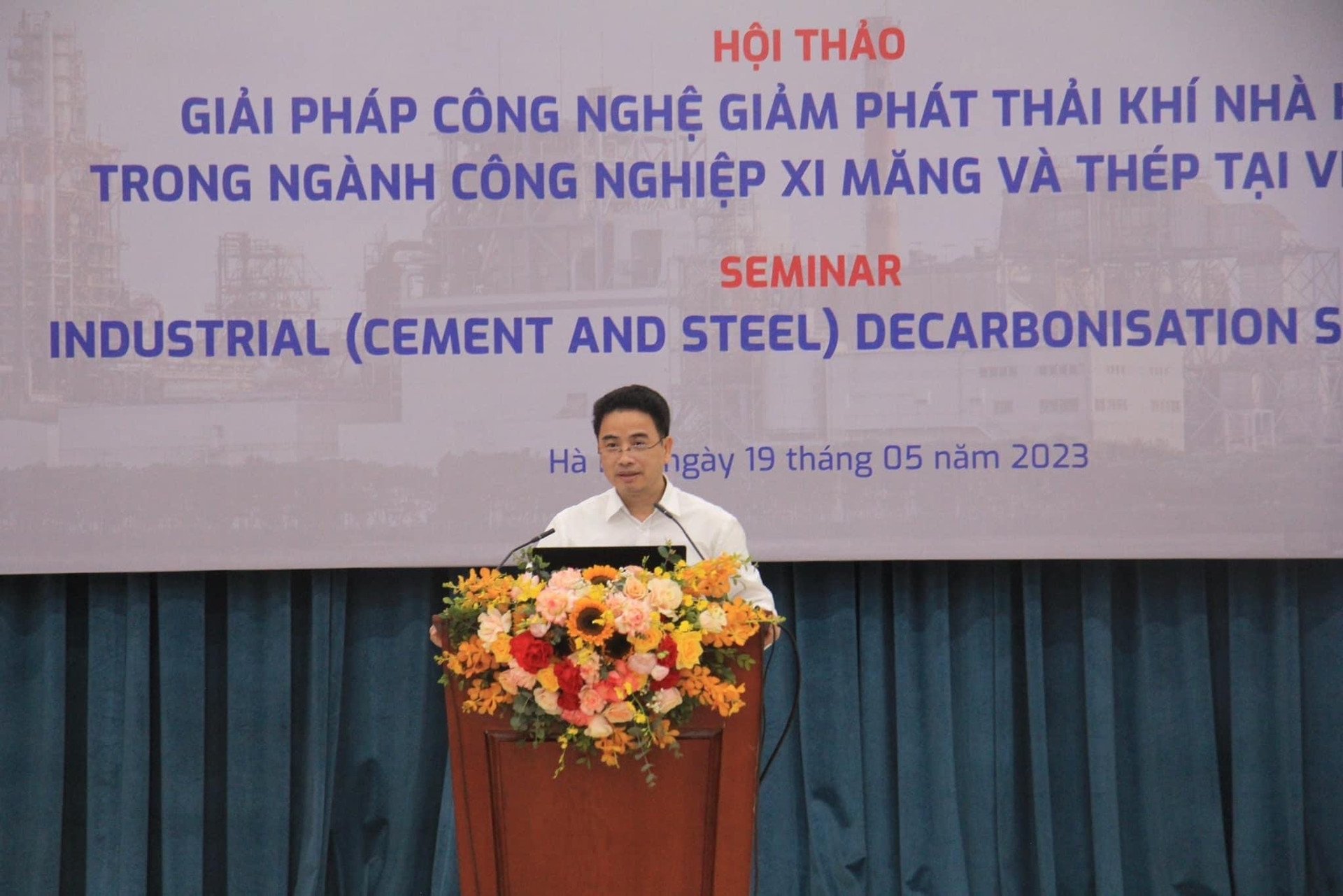
Speaking at the opening of the workshop, Associate Professor Dr. Vu Ngoc Anh - Director of the Department of Science, Technology and Environment - Ministry of Construction said that in the process of greenhouse gas emissions, the emission chain when using electricity, transportation, production of construction materials, etc. has caused serious air and environmental pollution. In particular, greenhouse gas (GHG) emissions come from two main sources: from the production of cement, steel and from fossil fuels. Direct GHG emissions come from the process of using grid electricity in commercial production activities, which are taken into account in the National inventory system and are in the group of linked energy emissions. Therefore, reducing the demand for electricity will contribute to reducing the demand for energy production and reducing GHG emissions.
According to the National Inventory System, it is forecasted that by 2030, emissions from the construction materials industry will be around 125 million tons of CO2 equivalent and up to 148 million tons of CO2 equivalent by 2050. Of which, cement production accounts for 70%, the largest proportion in the construction materials industry. The emission coefficient shows that the construction industry has a very high level of GHG emissions. Therefore, the State needs to develop strategies and policies for replacing carbon energy used for buildings and constructions. This will help reduce GHG emissions, especially in the construction materials production process.
Speaking at the workshop, Dr. Hoang Huu Tan - Deputy Director of the Department of Construction Materials - Ministry of Construction presented an overview of the Vietnamese cement industry towards reducing carbon emissions in Vietnam. In particular, Dr. Huu Tan said that the current GHG emissions situation with the technological scale of 86 cement production lines using rotary kiln technology will consume an average of more than 800 kcal/kg of thermal clinker, the electricity consumption level accounts for about 20-30% of the electricity in 23 production lines... causing fuel, electricity and heat energy consumption.
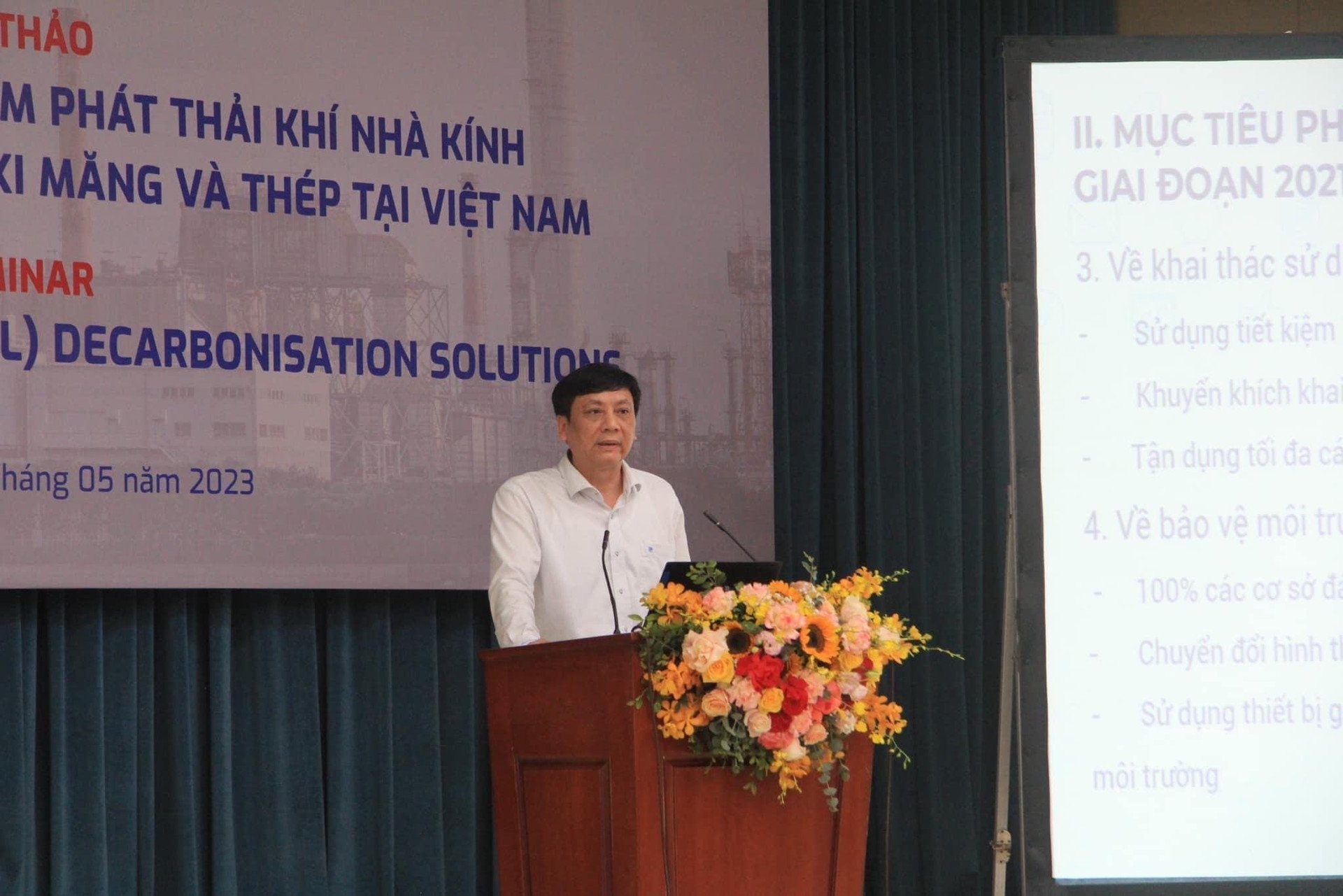
Therefore, to develop the cement industry in Vietnam in the period up to 2030, it is necessary to invest in a system to utilize waste heat, meeting production materials; Apply advanced technologies to production such as alternative fuels (from garbage and waste treatment, etc.) of fossil fuels reaching 15% of total fuel; Exploit and use mineral resources effectively, making the most of waste as raw materials and additives for production; Strengthen environmental protection by converting dust filtration methods, inspecting and supervising production facilities to meet environmental requirements and using dust concentration monitoring equipment with online connection to environmental management agencies.
In the Solutions and Action Plan of the Construction Industry to Implement the COP 26 Commitment Goals, Associate Professor, Dr. Vu Ngoc Anh emphasized the solutions to reduce GHG emissions in the construction materials industry. By 2030, 50% of clinker and cement will be optimized during the heating and burning process to reduce heat loss; Using vertical mills in cement production, recovering waste heat from the cement production process and applying improved technology in the production of fired bricks.
At the same time, from now until 2050, it is necessary to plan urban development and technical infrastructure in the construction of green urban areas, low-carbon urban areas with 100% of planning projects and planning adjustments incorporating climate change adaptation and mitigation. In the exploitation and production of construction materials, it is necessary to develop green product standards, low carbon emissions for construction materials and recycled materials from construction and industrial waste.
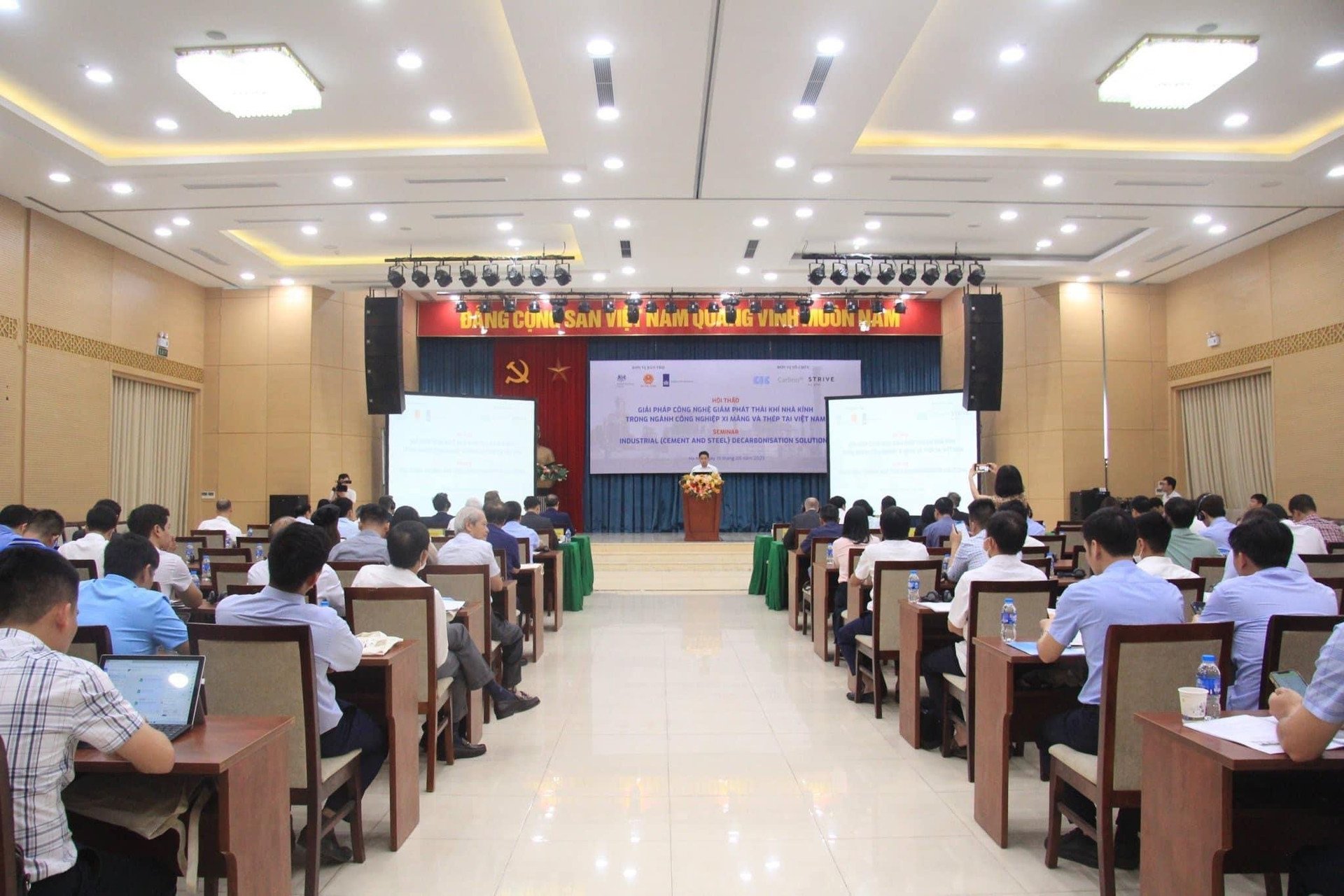
In addition, for construction and project management, the criteria and process for assessing and recognizing low-carbon emission construction projects must ensure that 100% of new projects have GHG inventories and emission reductions, over 50% of projects with public investment meet green criteria, 100% of commercial buildings and apartments are certified as low-carbon, etc. From the above criteria, mobilizing international resources to support the construction industry in responding to climate change and meeting national goals and commitments is extremely necessary.
Associate Professor, Dr. Vu Ngoc Anh hopes that the Workshop will support businesses and private investors in policies and legislation in adopting advanced technologies to reduce GHG emissions in the construction industry, and at the same time record comments for State management agencies in developing and perfecting legal policies to minimize the current GHG emissions.
Source



![[Photo] Keep your warehouse safe in all situations](https://vphoto.vietnam.vn/thumb/1200x675/vietnam/resource/IMAGE/2025/10/1/3eb4eceafe68497989865e7faa4e4d0e)
![[Photo] President of the Cuban National Assembly visits President Ho Chi Minh's Mausoleum](https://vphoto.vietnam.vn/thumb/1200x675/vietnam/resource/IMAGE/2025/10/1/39f1142310fc4dae9e3de4fcc9ac2ed0)


![[Photo] Hanoi morning of October 1: Prolonged flooding, people wade to work](https://vphoto.vietnam.vn/thumb/1200x675/vietnam/resource/IMAGE/2025/10/1/189be28938e3493fa26b2938efa2059e)
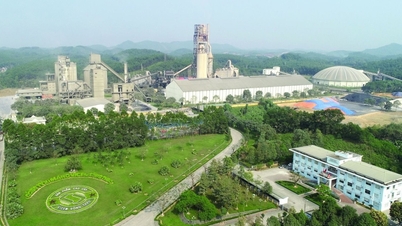

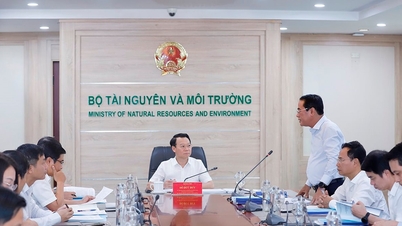
























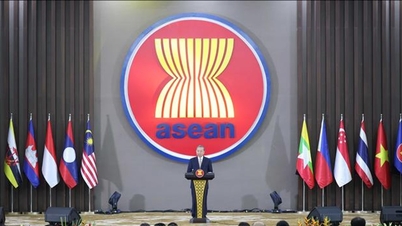






































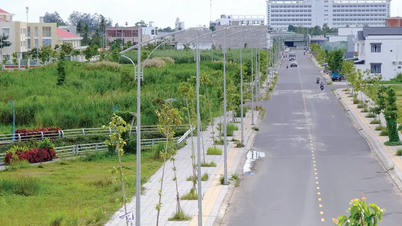

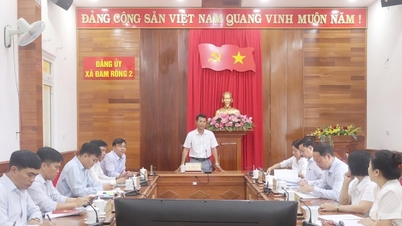

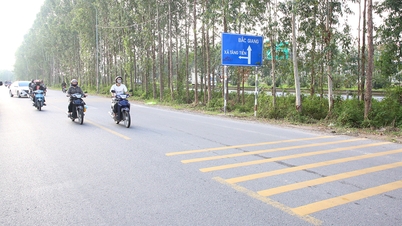


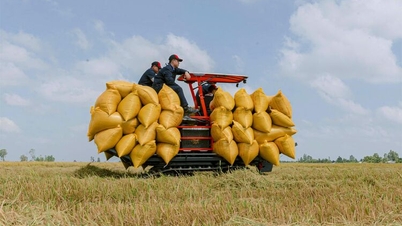
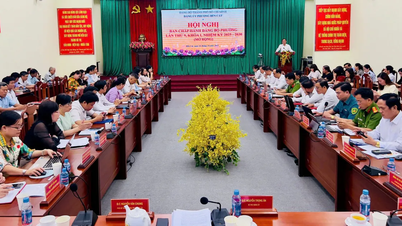















Comment (0)